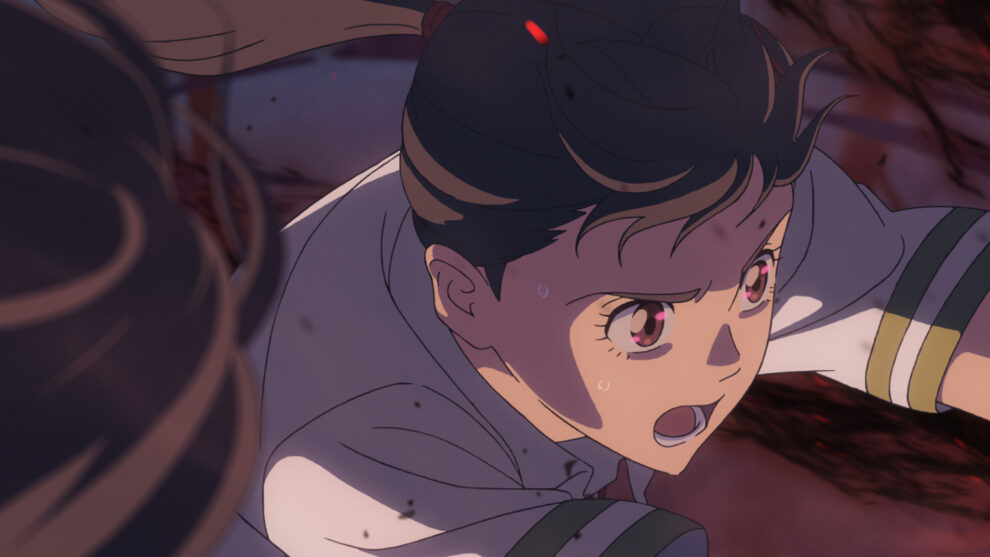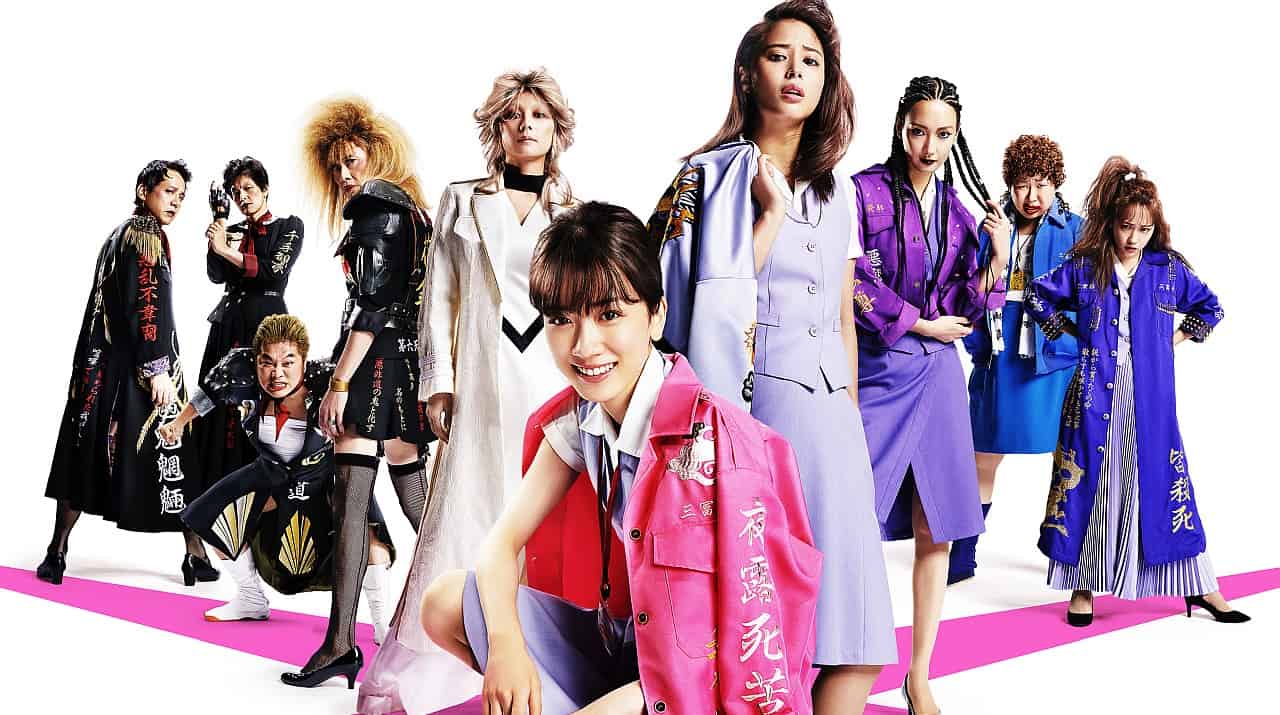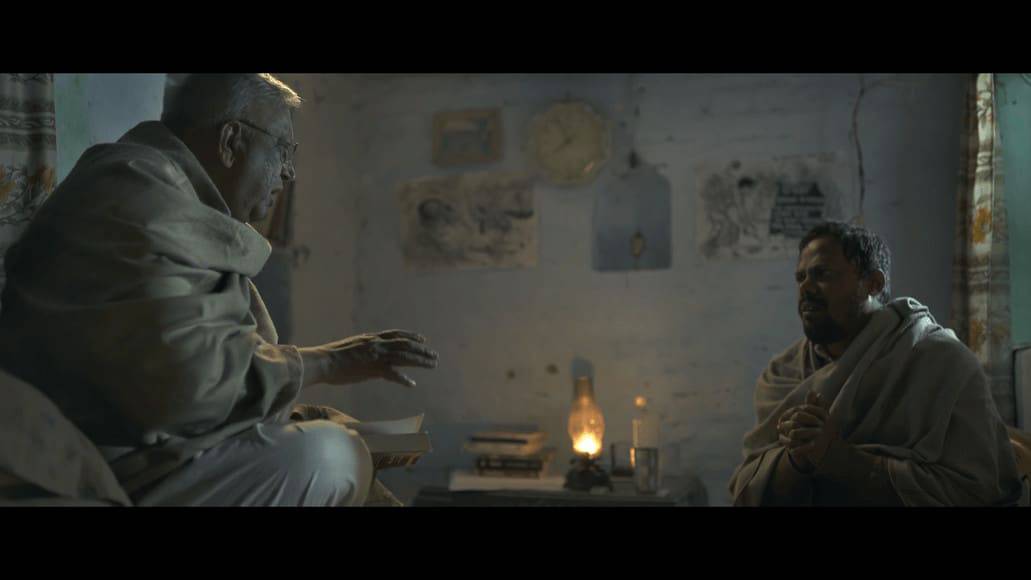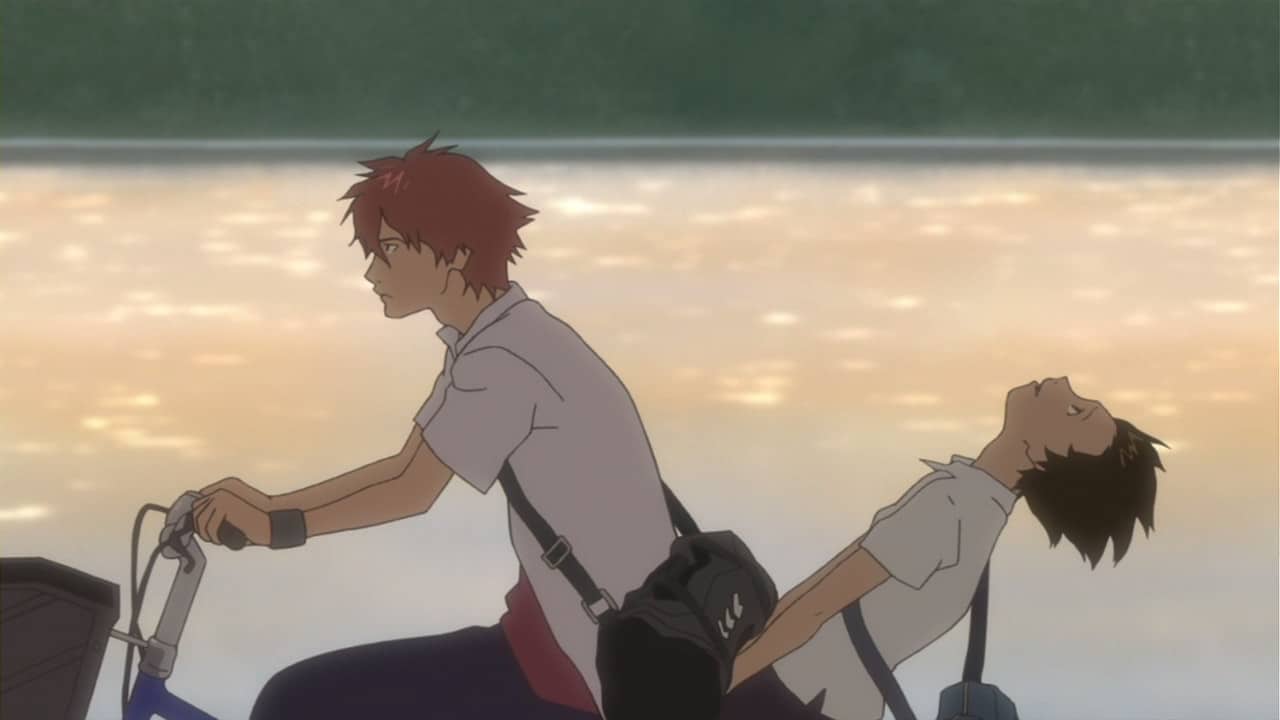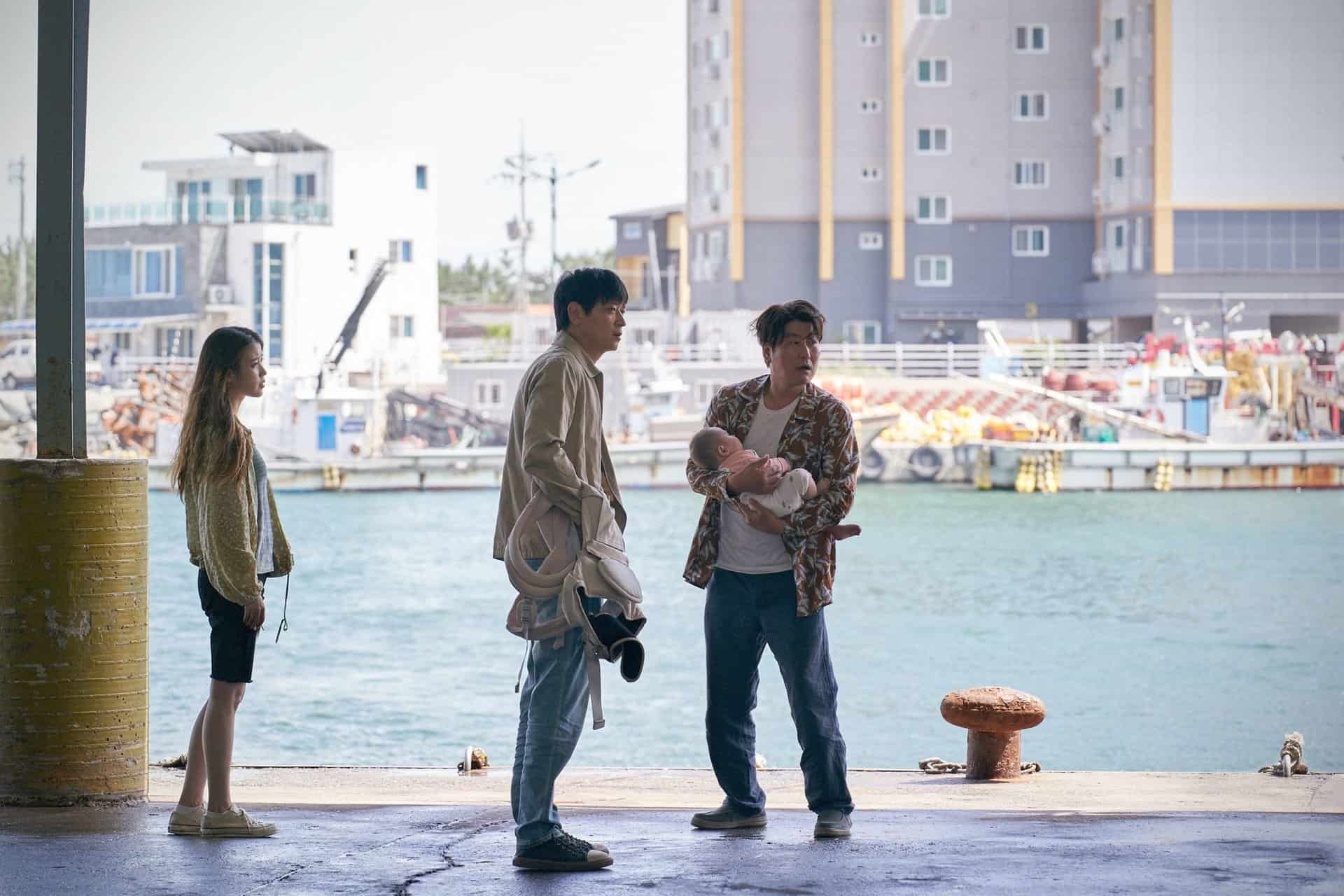Evidently, Makoto Shinkai has found the recipe for success, with every movie of his becoming a blockbuster, both in Japan and internationally. “Suzume” proves the fact once more, with it grossing over $322 million worldwide, becoming the fourth highest-grossing film of 2022 in Japan and the fourth highest-grossing Japanese film of all time.
“Suzume” returns to over 200 theaters across the United States and select cities in Canada for a special engagement starting October 27. Audiences will be able to discover or revisit the critically-lauded film, which will be available both in Japanese with English subtitles and dubbed in English. Tickets are now on sale at suzume-movie.com.

Suzume Iwato is a 17-year-old high school girl, who lives with her aunt, Tamaki, following her parents' death, in a quiet town in the Kyushu region of Japan. While heading to school, she encounters a young man searching for an abandoned area with a door, so she informs him of an abandoned resort nearby. It turns out, however, that the man, Souta Munakata, is a Closer, whose task is to close doors that appear throughout Japan, from where huge supernatural worms emerge, causing huge earthquakes. Although responsible for the opening of one, Suzume ends up helping him close the one in the area, and the two soon become friends. Eventually, though, and while the two are hanging in her apartment, a talking cat appears and curses Souta into becoming a three-legged wooden chair that Suzume used to keep in her room. Thus begins a chase throughout Japan, with the duo of her and the chair chasing the cat, who seems to appear in all places where worm-spawning doors also turn up. Meanwhile, her aunt is getting more and more anxious regarding her niece's leaving.
Evidently, the concept of youths saving Japan from disaster is not exactly unusual in the anime industry (to the contrary, it probably is the most common theme) and even more so in Shinkai's filmography, who seems to thrive on this type of story. As such, it is more interesting to examine the permeating symbolism that characterizes the movie, which is probably the most interesting aspect here, and the various comments found throughout the story.
Check also this interview
The most evident one is the concept of the threatening earthquake, as mirrored in the appearance of the worms, with Shinkai essentially presenting a cautionary aspect about the threat that is constantly “over the head” of Japan. The fact that the doors appear in abandoned locations is not that easy to figure out, but could be perceived as another cautionary element, about people abandoning such places (resorts, schools etc) which can potentially pose a threat as time passes and they degrade. The fact that the heroes here are both youths, a high school student who wants to be a nurse and a man who studies to be a teacher, could be perceived as a message regarding who are the ones that can “save” society in the future, with Shinkai essentially pointing at teachers, medical stuff and more general, youths.
Regarding the comments, another Japanese-favorite theme is here once more, as parents seem almost completely absent, particularly in the case of the protagonists. The presence of Tamaki, and the way Suzume, Souta, and eventually Yamashita come closer, goes into a different path, showing that families can be formed by people without blood ties, in a rather optimistic comment here, that also becomes the source of the most dramatic moment in the film.
Apart from the aforementioned, the current favorite theme of the aftermath of Fukushima is also here, with the mentioning of the beauty of the area seeming like a message towards its rehabilitation, with the area also becoming the source of the most impressive sequence in the movie, which will definitely remind some of “Kenya Boy”'s finale. Furthermore, the presence of cats with supernatural abilities moves in the same, crowd-pleasing path, while Shinkai has also included a tour guide element, showing the beauties of the country, as much as its various attractions, with neighborhood bars and public baths becoming central points of the story. This last aspect also seems to aim into showing the Japanese as rather hospitable, with Suzume receiving help essentially from all the strangers she meets, in another element that seems to wink to tourists.
As usual in Makoto Shinkai and Comix Wave Films, the artform is of the highest quality possible. Masayoshi Tanaka's drawing of the characters and the animals is exceptional in itself, with all of them being rather pleasant to the eye, but the sketching of the backgrounds is at least as accomplished, combining realism and beauty in the best fashion. The worms, however, is where the drawing and the animation find their apogee, with their destructive impressiveness being one of the most appealing visual elements here. And talking about animation, the movement of the characters is as realistic as possible in the “normal” scenes, with the attention to every detail being quite evident, from the way they walk to the way their hair moves according to their motion. The chasing between the chair and the cat goes into more fantastic realms, but is also quite impressive to watch.
“Suzume” does not reinvigorate the genre, but is another very entertaining anime, filled with (hidden) messages and comments, and an overall excellent movie that shows that Shinkai has taken Miyazaki's recipe of success and contemporize it in the best fashion.


